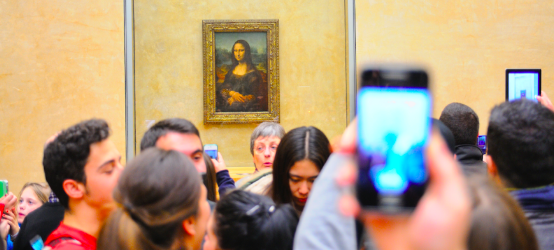
Data & Analysis

Data indicate that free admission has little to no correlation with how well museums - including the Met - welcome or satisfy income-qualified audiences.
Last week, the Metropolitan Museum of Art in New York announced that it is changing its admission policy such that non-New Yorkers will pay a $25 admission fee starting March 1, 2018. This decision has provoked criticism from many, including art critics, writers, and gatekeepers in the art world who enjoy visiting museums. The primary argument is that charging admission jeopardizes accessibility. What seems to be lost in this discussion is due...Sign in to KYOB+
Never miss the latest read on industry data and analysis.